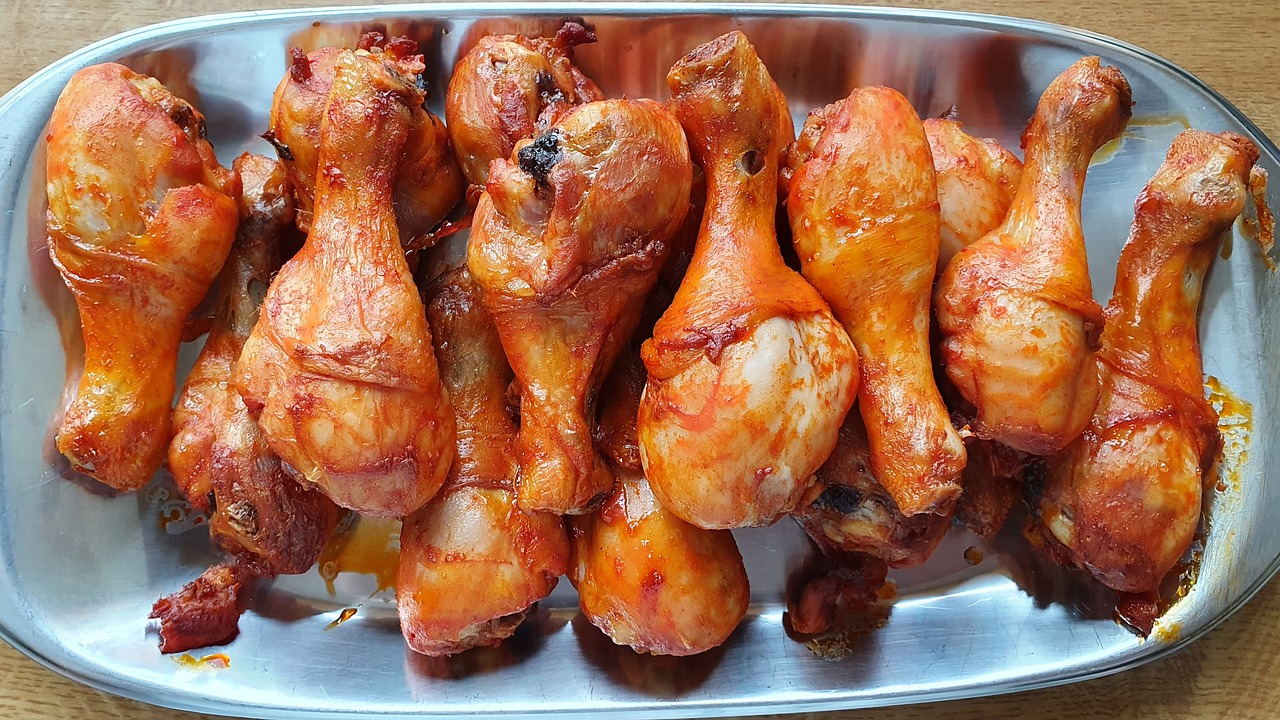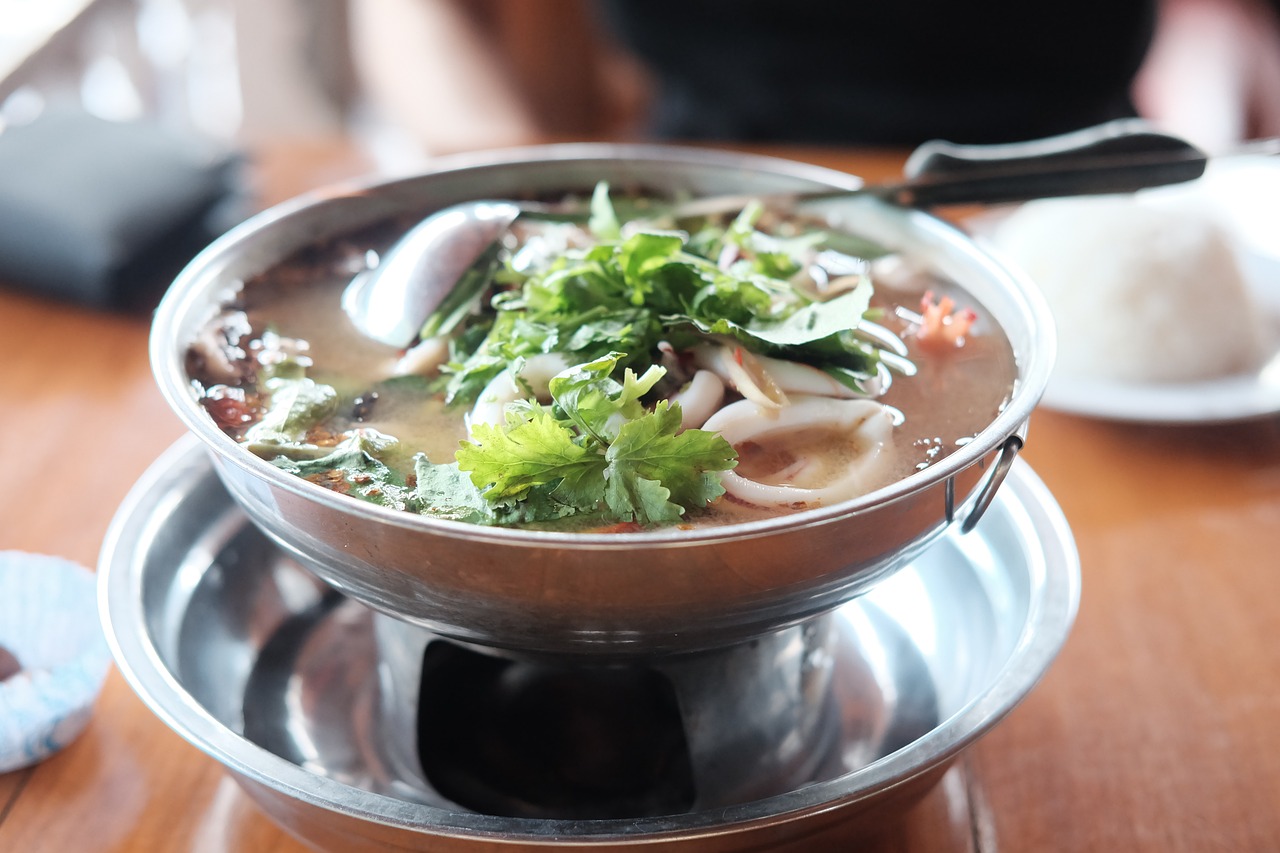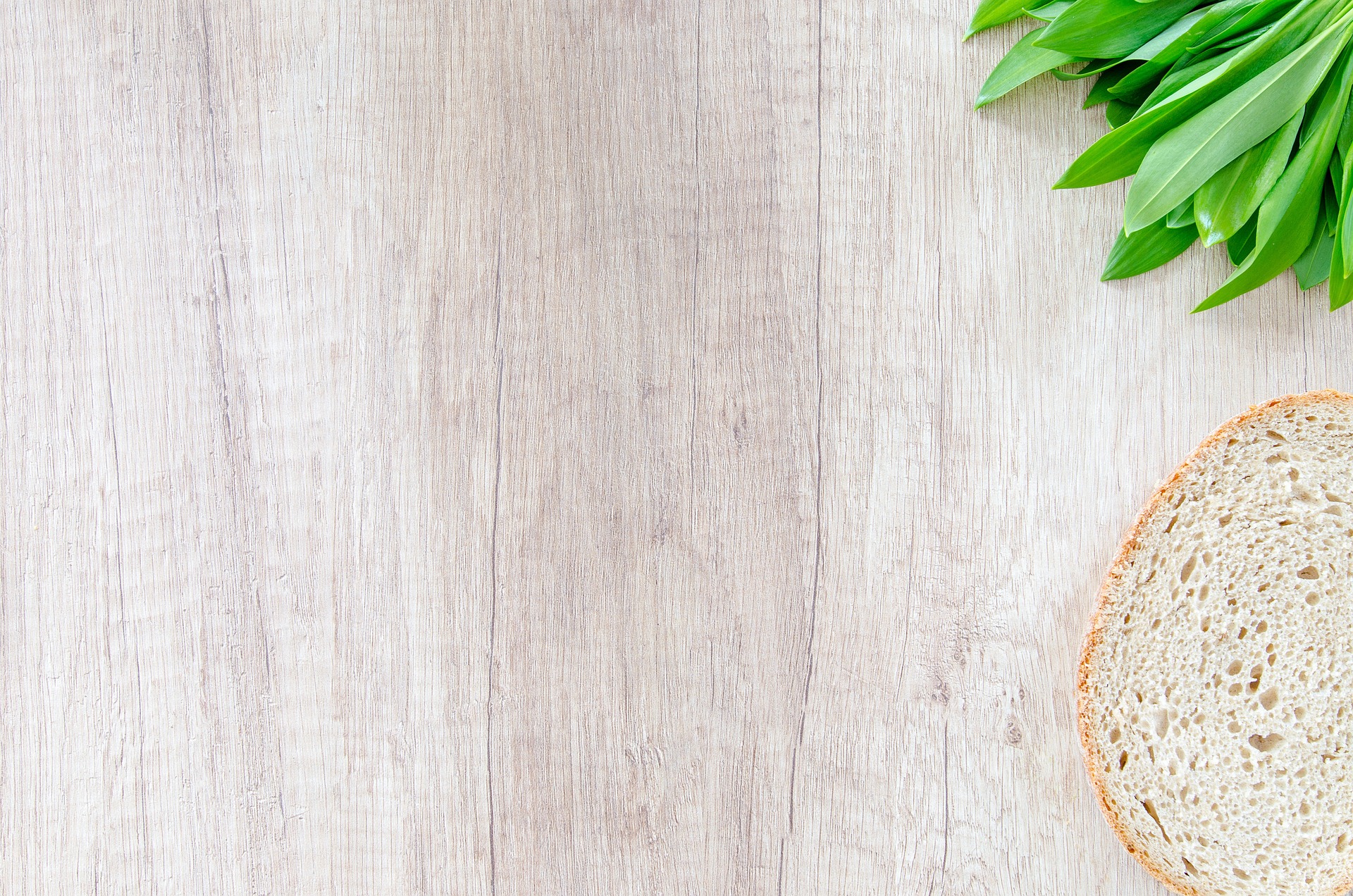Chicken drumstick calories with skin can vary depending on factors such as the size of the drumstick and the method of preparation. On average, a typical chicken drumstick with skin (approximately 1 cooked, without any additional breading or marinades) contains around 43-55 calories per ounce (28 grams).
Here’s a rough estimate for the calorie content of a standard chicken drumstick with skin:
- Small chicken drumstick (about 1.5 oz): 65-82 calories
- Medium chicken drumstick (about 2.5 oz): 108-137 calories
- Large chicken drumstick (about 3.5 oz): 151-192 calories
- These are approximate values, and actual calorie counts can vary based on factors like cooking method and the specific cut of chicken. Additionally, if the chicken is breaded or prepared with added sauces or oils, the calorie content will increase significantly. To get a more accurate calorie count, it’s best to refer to the packaging or nutritional information provided for the specific chicken product you are consuming.
Chicken drumsticks with the skin contain both benefits and drawbacks, so it’s important to consider the overall nutritional profile and your dietary goals.
Top 4 ingredients that is beneficial for body are:
- Protein
- Fat-Soluble Vitamins
- Flavor and Moisture
- Iron
However, it’s important to note that chicken skin is also relatively high in calories and saturated fat, which may have drawbacks depending on your dietary goals and health considerations.
Given below are some negative points in chicken drumstick calories with skin:
- Calories
- Saturated Fat
- Cholesterol
- Cooking Methods
It’s up-to you to choose to consume chicken drumsticks with the skin or without it depending on your dietary preferences, nutritional goals, and overall health considerations. If you want to enjoy the flavor and benefits of the skin, it’s important to do so in moderation as part of a balanced diet.
Benefits for taking chicken drumstick calories with skin are as follows:
- Chicken drumsticks, with or without the skin, are a good source of high-quality protein. Protein is essential for muscle growth and repair, and it also helps with satiety, making you feel full and satisfied.
- Chicken skin contains fat-soluble vitamins such as vitamin A and vitamin E. These vitamins play a role in maintaining healthy skin, vision, and overall immune function.
- The skin on chicken drumsticks can add flavor and moisture to the meat during cooking, making the chicken more enjoyable to eat.
- Chicken drumsticks, especially the dark meat, are a source of heme iron, which is more readily absorbed by the body compared to non-heme iron found in plant-based foods.
Drawbacks for taking chicken drumstick calories with skin are as follows:
- Chicken skin is calorie-dense due to its fat content. Consuming it in excess can contribute to weight gain if not accounted for within your daily calorie intake.
- The skin is high in saturated fat, which, when consumed in excess, may increase the risk of heart disease and raise cholesterol levels. It’s generally recommended to limit saturated fat intake.
- Chicken skin contains cholesterol, and while dietary cholesterol has a weaker impact on blood cholesterol levels compared to saturated fat, it’s still a consideration for those with specific dietary restrictions.
- The health impact of chicken drumsticks with skin also depends on how they are prepared. Deep frying, for example, significantly increases the calorie and fat content.
- Healthcare professionals and nutritionists often provide guidance on chicken drumstick calories with skin as part of a broader discussion about dietary choices and nutrition.
Top 7 healthcare considerations related to chicken drumsticks with skin:
1.Portion Control:
Healthcare professionals often emphasize the importance of portion control when consuming chicken drumsticks with skin. While they can be a good source of protein and essential nutrients, it’s important not to overindulge, especially if you are trying to manage your weight or calorie intake.
2.Balanced Diet:
Chicken drumsticks can be part of a balanced diet when consumed in moderation. Healthcare providers may recommend including a variety of foods from different food groups to ensure you get a wide range of nutrients.
3.Cooking Methods:
Healthcare professionals often advise on healthier cooking methods for chicken, such as baking, grilling, or roasting, as opposed to deep frying. These methods can help reduce the calorie and fat content of the dish.
4.Dietary Goals:
Healthcare providers take into account an individual’s dietary goals and restrictions when discussing chicken drumsticks with skin. For someone looking to reduce saturated fat intake or cholesterol levels, they may suggest removing the skin or opting for leaner cuts of poultry.
5.Nutrient Density:
Chicken drumsticks with skin can provide essential nutrients like protein, vitamins, and minerals. Healthcare professionals may encourage individuals to focus on the nutrient density of their meals and choose foods that offer a good balance of nutrients per calorie.
6.Monitoring Cholesterol:
For individuals with specific dietary concerns related to cholesterol levels, healthcare providers may advise limiting the consumption of chicken skin, as it contains cholesterol.
7.Individualized Advice:
Healthcare recommendations regarding chicken drumsticks with skin can vary from person to person, depending on their health status, dietary preferences, and overall goals. It’s important to consult with a registered dietitian or healthcare professional to receive personalized dietary guidance.
Healthcare guidance regarding chicken drumsticks with skin takes into account factors like portion size, cooking methods, individual dietary goals, and overall nutritional needs. While chicken drumsticks can be a part of a healthy diet, it’s essential to make informed choices based on your specific health and wellness goals. Consulting with a healthcare professional or registered dietitian can provide tailored advice to meet your dietary needs.
Conclusion:
Doctors and professionals often emphasize portion control, balanced diets, and healthier cooking methods when discussing chicken drumstick calories with skin. The decision to consume them or not should be based on individual dietary preferences, nutritional goals, and overall health considerations. Seeking personalized advice from healthcare providers or registered dietitians can help individuals make informed dietary choices that align with their specific needs and objectives.














Leave a Reply
View Comments